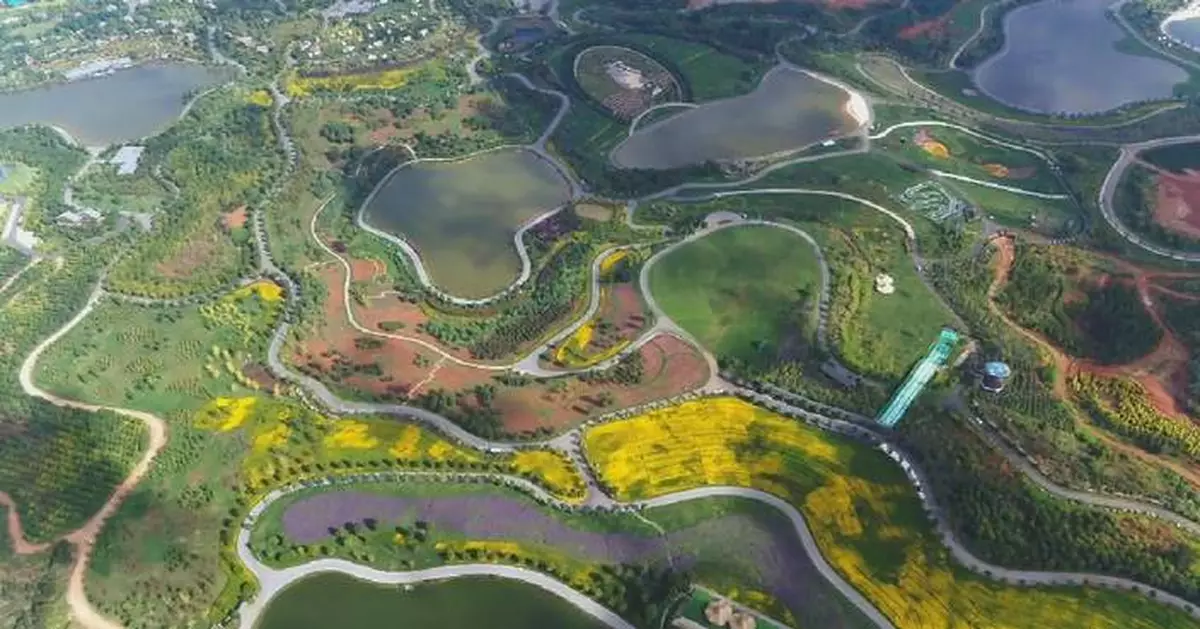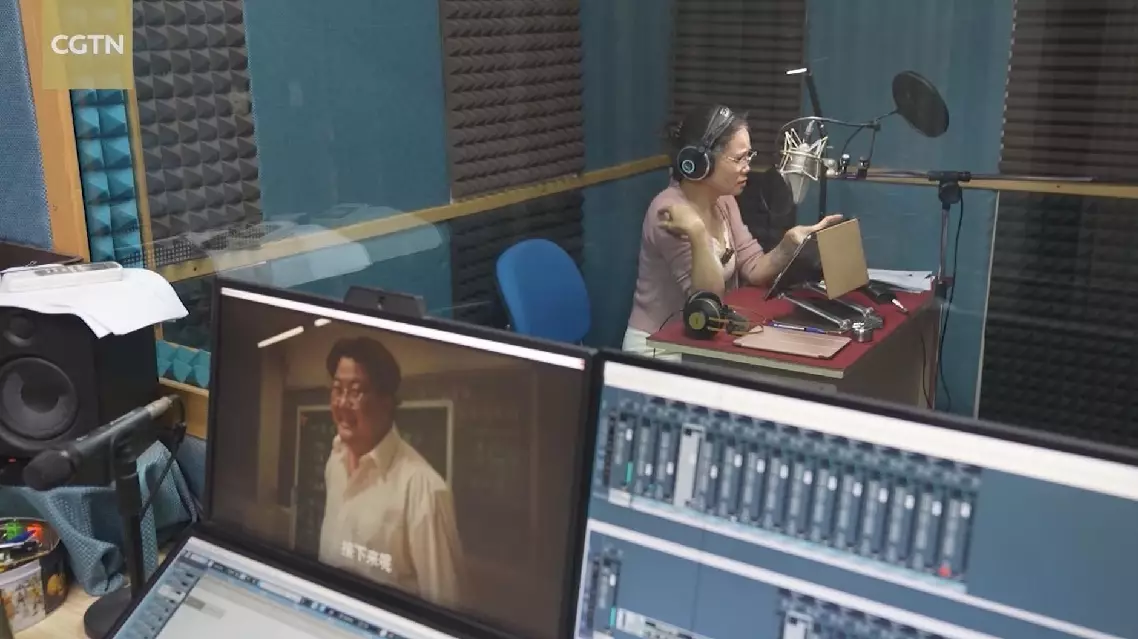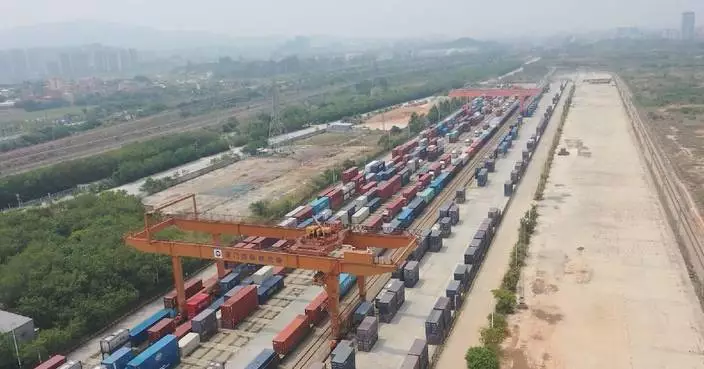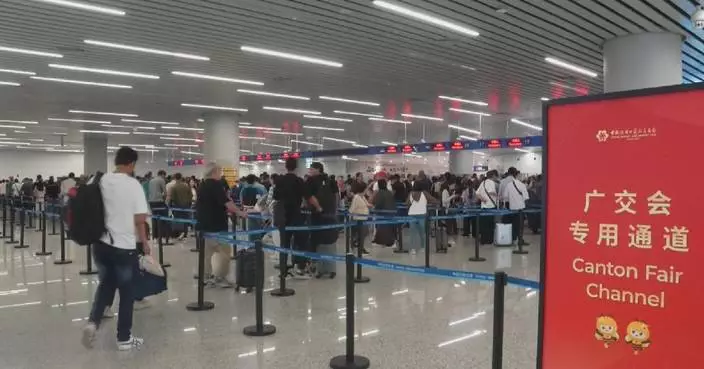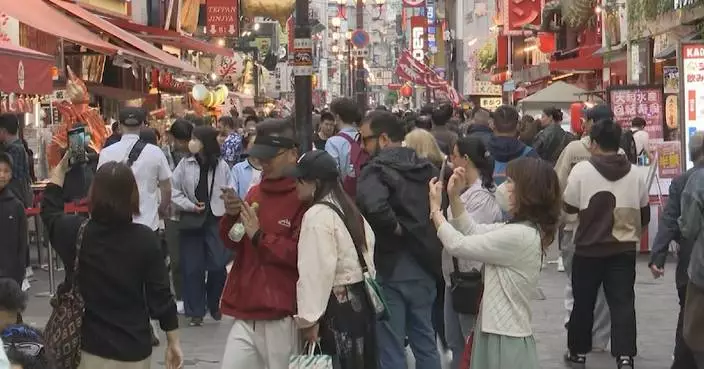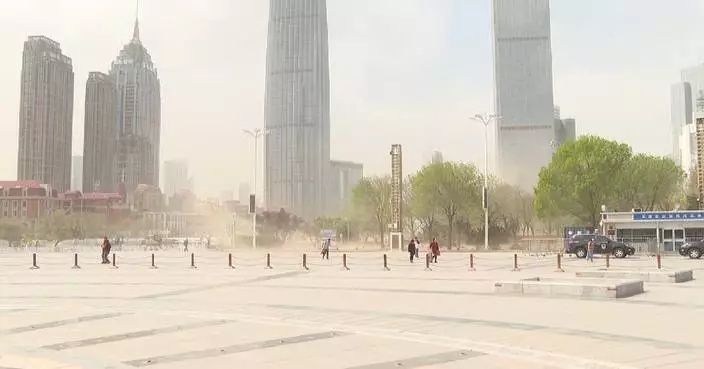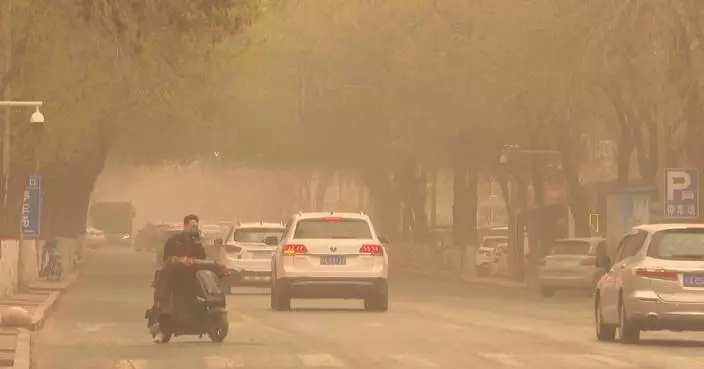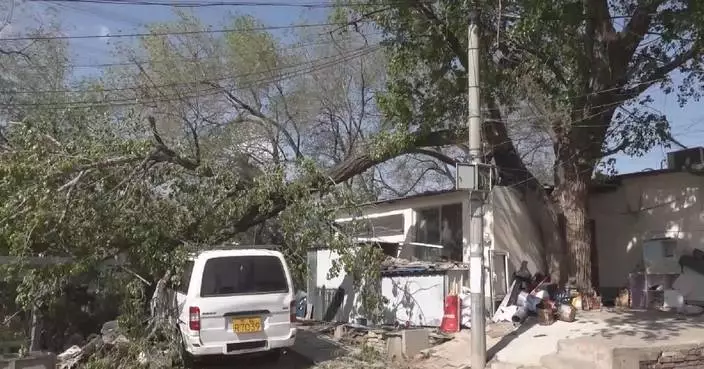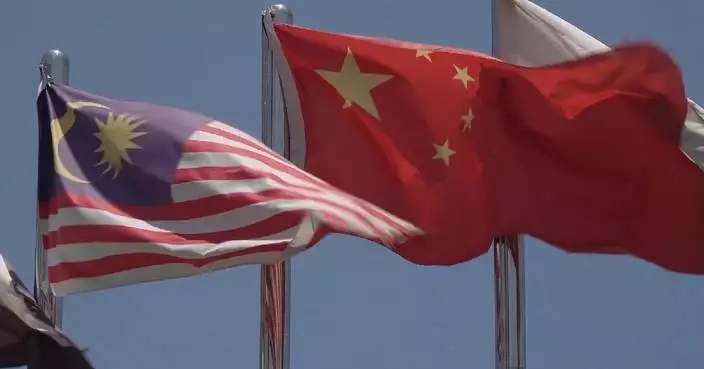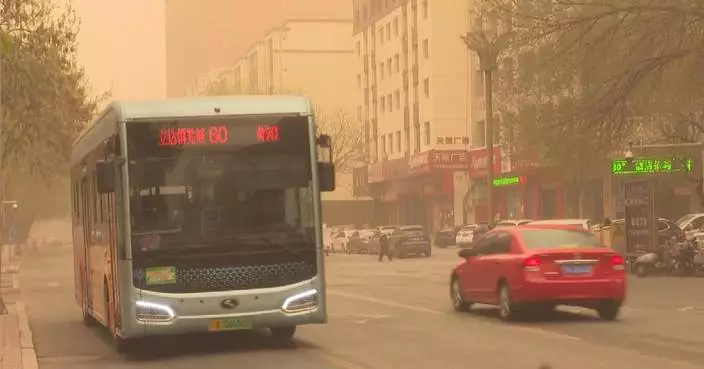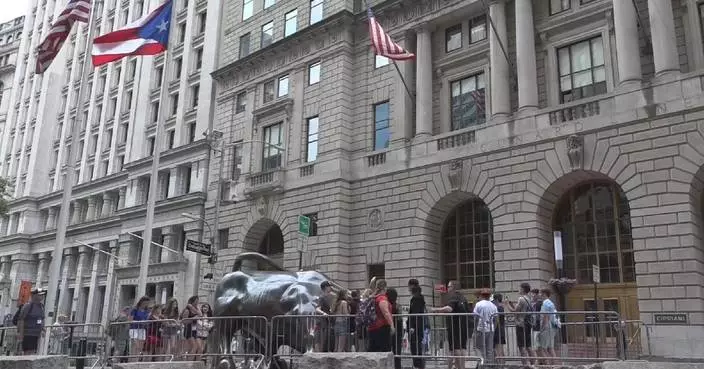China's Qingming Festival sparked a surge in spring travel and outdoor spending, driving record tourism and consumption growth across the country.
The Qingming Festival is a traditional Chinese holiday that falls on the 15th day after the Spring Equinox. Often seen as a time to enjoy the greenery of springtime and to visit the graves of ancestors, the three-day holiday has also become a busy period for cultural and tourism activities in China.
Destinations across the country saw booming visitor numbers, highlighting the growing vitality of the "spring economy".
Major cities and rural areas alike welcomed peak tourist flows. In southwest China's Sichuan Province, tourists took to the skies with helicopter flower-viewing tours that offer panoramic views of blooming landscapes.
In Shanghai, the annual Cherry Blossom Festival introduced nighttime blossom viewing for the first time, enhancing the diversity of seasonal attractions.
Meanwhile, outdoor wellness experiences like hot spring retreats and camping trips further expanded spring consumption scenarios across the country, boosting both supply and demand for recreational products.
Short-haul and nearby getaways were the top travel picks. According to online travel platforms, bookings for local trips during the Qingming Festival surged by 136 percent, with over 70 percent of travelers opting for trips lasting three days or less. Nearly 44 percent of tourists chose to drive themselves, favoring flexible itineraries. Popular destinations such as Beijing's Summer Palace, Hukou Waterfall in north China's Shanxi Province, and Wuyi Mountain National Park in east China's Fujian Province drew large crowds.
Integrated tourism complexes combining dining, lodging, and shopping flourished in historic districts, commercial zones, and model tourism towns. These offerings attracted a wide range of visitors, injecting new life into the cultural and tourism sector.
Provincial tourism data reflected the nationwide boom. South China's Guangdong Province welcomed over 21.1 million visits, a year-on-year increase of 6.4 percent, generating 10.78 billion yuan (14.8 billion U.S. dollars) in tourism revenue, up 8.7 percent year on year. Its 4A-level-and-above scenic sites alone received more than 6.57 million visits.
Fujian's 13 top-rated 5A scenic spots hosted 738,064 visits, a 62.18 percent increase year on year.
Zhejiang Province in east China recorded over 21.17 million tourist visits, up 17.1 percent year on year, with overnight stays reaching 13.18 million, generating 28.57 billion yuan in revenue, up 20.3 percent. Average per capita spending hit 1,349 yuan.
Jiangsu Province in east China saw almost 20.47 million visits across A-level and above attractions, tourism villages, night markets and museums, with tourists spending nearly 9.27 billion yuan, both up by over 18 percent.
Central China's Hunan Province hosted nearly 19.85 million visits, a staggering 33.09 percent increase, and among them, out-of-province visitors made up over 20 percent of the total. Tourists spent a total of some 12.69 billion yuan, up 58.86 percent year on year.
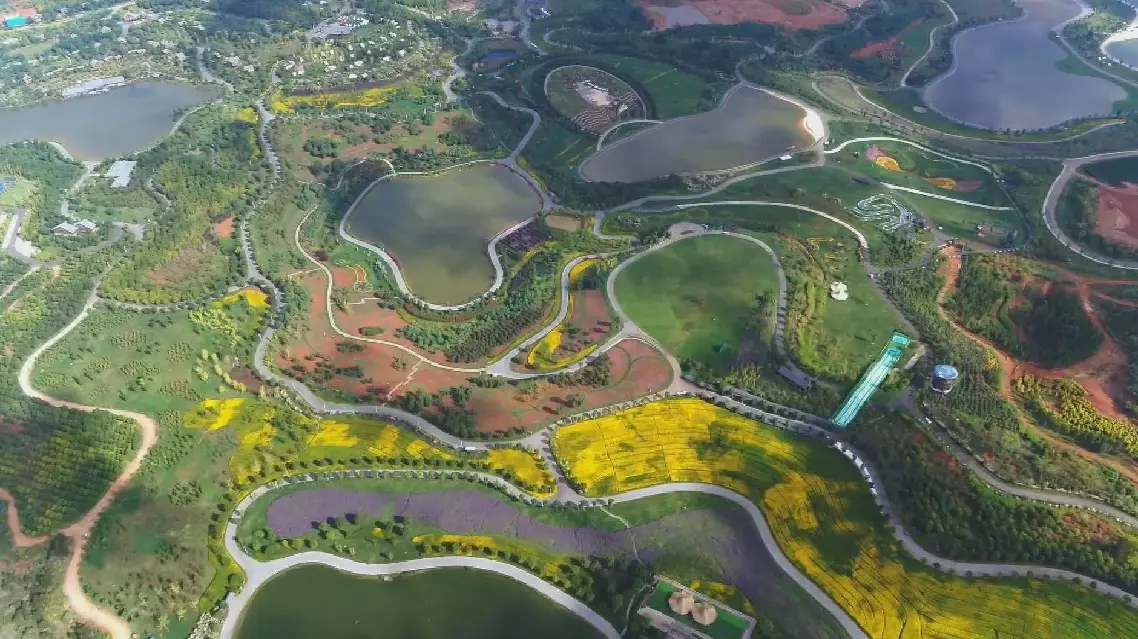
Spring tourism booms over Qingming Festival


